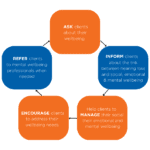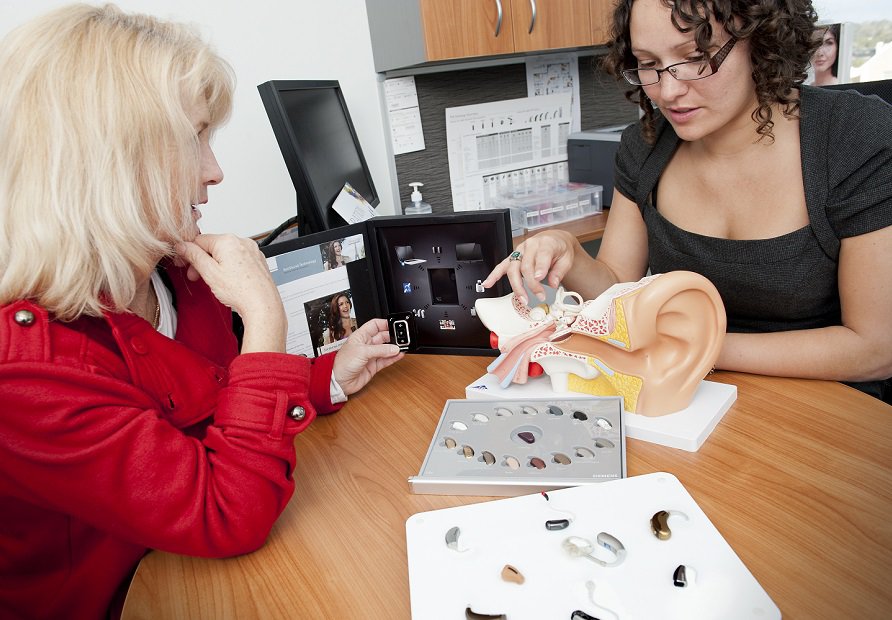In Australia, if you have an issue with your hearing, getting help is usually straightforward. But in low and middle-income countries, it’s harder to get help, and the likelihood that you’ll have hearing issues is statistically higher.
CEO Sandra Bellekom, Head of Research Management Adj/ Prof Rob Eikelboom, and Senior Implant Audiologist and CI Research Lead Dr Cathy Sucher attended the 2nd Sound Hearing Conference in Bali to educate about hearing loss in low and middle-income countries.
Currently, Ear Science researchers are looking closely at tele-audiology for adults (remotely fitting hearing aids), and helping hundreds of children with hearing loss to get hearing aids through the Lions Hearing Aid Bank, a donated hearing aid service for low and middle-income countries.
At the conference, Ear Science staff presented four times:
- Ear and hearing care in the Western Pacific – round table discussion
- Technology in Audiology: Creating opportunities to deliver
- Evidence-based practices for hearing aid and cochlear aid rehabilitation
- Ear and hearing care in the Pilbara region of Western Australia – conducting best-practice in a challenging environment
Many of the hearing losses in low and middle-income countries are preventable and are often due to noise exposure or earwax.
Dr Sucher says local communities are working together to help prevent these types of hearing losses.
“Some of the presentations showed community programs and education series which were developed to reduce the amount of preventable hearing loss within these communities. The causes could be traffic noise in very congested cities, lack of hearing protection in noisy workplaces, and entertainment related noise.
If even some preventable hearing loss can be stopped this can make a significant improvement to people’s quality of life.”






